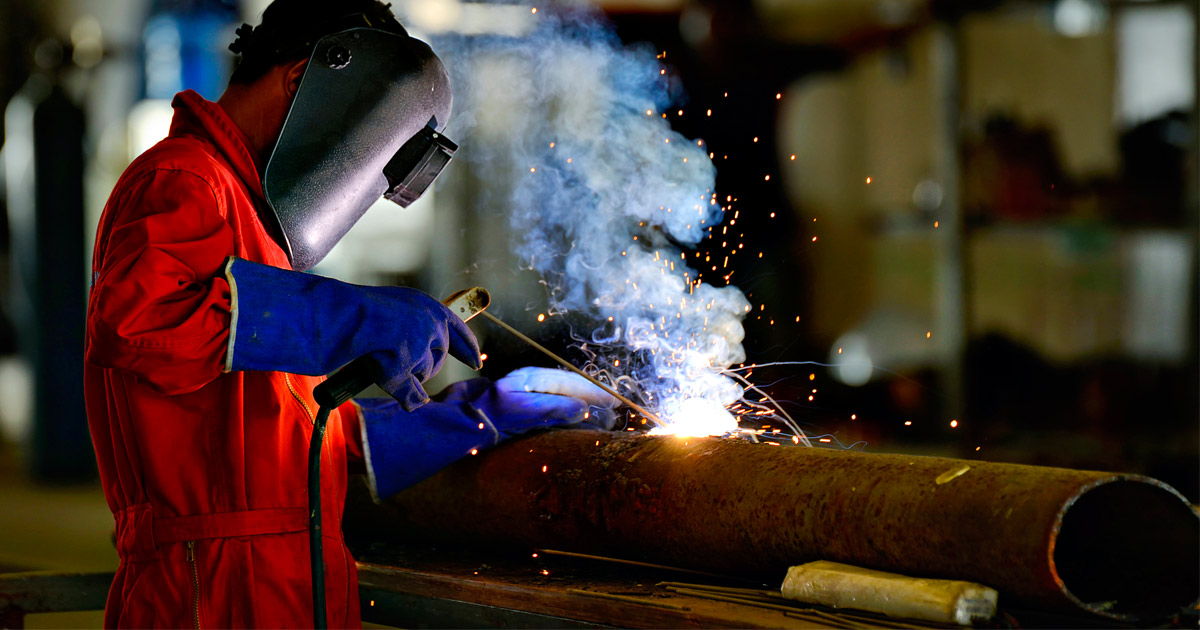Working with miscellaneous steel components requires precision, planning, and a good understanding of the fabrication process. Whether you’re involved in construction, manufacturing, or design, knowing how to handle miscellaneous steel can ensure your projects are successful and meet safety standards. In this comprehensive guide, we’ll share expert tips and best practices for working with miscellaneous steel components effectively.
Miscellaneous steel components encompass a wide range of products that are integral to construction and manufacturing projects. These can include handrails, stairs, platforms, gratings, and custom-designed steel elements. Understanding the specific requirements and applications of each component is essential for successful project execution.
Tips for Custom Miscellaneous Steel Fabrication
Custom fabrication of miscellaneous steel involves creating unique components tailored to specific project needs. Here are some tips for effective custom fabrication:
- Detailed Design Plans: Start with detailed design specifications to ensure the final product meets all requirements.
- Material Selection: Choose the right type of steel and finishes based on durability, aesthetics, and environmental factors.
- Quality Control: Implement stringent quality control measures throughout the fabrication process to maintain high standards.
- Collaborate with Experts: Work closely with engineers, architects, and steel fabricators to refine designs and address any challenges.
 Importance of Detailed Steel Detailing
Importance of Detailed Steel Detailing
Steel detailing is the process of creating detailed drawings and plans for steel components. It plays a crucial role in ensuring accuracy and precision in fabrication and installation:
- Accuracy in Measurements: Detailed drawings minimize errors and ensure components fit together seamlessly.
- Compliance with Standards: Adhering to industry standards and specifications ensures structural integrity and safety.
- Efficiency in Construction: Well-detailed plans streamline the construction process and reduce project timelines.
Best Practices in Miscellaneous Steelwork
Effective miscellaneous steelwork requires adherence to best practices:
- Safety First: Prioritize safety protocols and ensure all personnel are trained in safe handling and installation.
- Quality Assurance: Regular inspections and testing ensure components meet quality and performance standards.
- Communication and Collaboration: Maintain open communication between stakeholders to address any issues promptly.
- Environmental Considerations: Choose eco-friendly materials and processes where possible to minimize environmental impact.
Working with Miscellaneous Steel Contractors
Miscellaneous steel contractors offer specialized expertise in fabrication, installation, and maintenance of steel components:
- Expert Consultation: Seek advice from contractors early in the project to optimize design and cost-efficiency.
- Project Management: Contractors manage all aspects of steelwork, including logistics and scheduling.
- Quality Assurance: Ensure contractors have a proven track record and adhere to industry standards.
Choosing the Right Miscellaneous Steel Manufacturer
Selecting a reputable manufacturer is crucial for obtaining high-quality steel components:
- Reputation and Experience: Choose manufacturers with a solid reputation and extensive experience in the industry.
- Customization Capabilities: Look for manufacturers who can handle custom orders and unique design requirements.
- Quality Control Processes: Verify that the manufacturer implements rigorous quality control measures.
- Customer Reviews: Check testimonials and references to gauge customer satisfaction and reliability.
Finding Reliable Miscellaneous Steel Suppliers
Reliable suppliers ensure timely delivery and quality materials for your projects:
- Product Availability: Choose suppliers with a wide range of miscellaneous steel products to meet project needs.
- Delivery and Logistics: Ensure suppliers can meet project timelines and logistics requirements.
- Customer Support: Responsive customer service is essential for addressing any issues or concerns promptly.
Safety Considerations for Miscellaneous Steelwork
Safety should always be a top priority when working with miscellaneous steel components like metal fence gate:
- Training and Certification: Ensure all personnel are trained and certified in handling steel components safely.
- Personal Protective Equipment (PPE): Provide and enforce the use of appropriate PPE, including helmets, gloves, and safety harnesses.
- Risk Assessment: Conduct thorough risk assessments before starting work to identify and mitigate potential hazards.
- Emergency Preparedness: Have protocols in place for emergencies and ensure all workers are aware of evacuation procedures.
Maintenance Tips for Miscellaneous Steel Components
Proper maintenance prolongs the lifespan and functionality of miscellaneous steel components:
- Regular Inspections: Schedule routine inspections to identify wear and damage early.
- Cleaning and Lubrication: Clean components regularly and apply appropriate lubricants to moving parts.
- Repairs and Upgrades: Address any issues promptly to prevent further damage and ensure optimal performance.
- Seasonal Maintenance: Consider seasonal factors that may affect steel components, such as temperature fluctuations and humidity.
Conclusion
Working with miscellaneous steel components requires attention to detail, collaboration with experts, and adherence to best practices. By following these expert tips and integrating them into your projects, you can ensure the successful fabrication, installation, and maintenance of miscellaneous steel components. Whether you’re involved in construction, manufacturing, or design, mastering the intricacies of working with steel will contribute to the overall success of your projects.